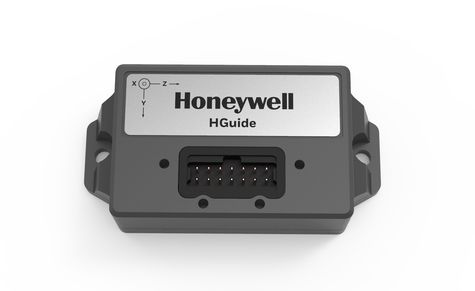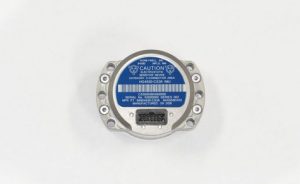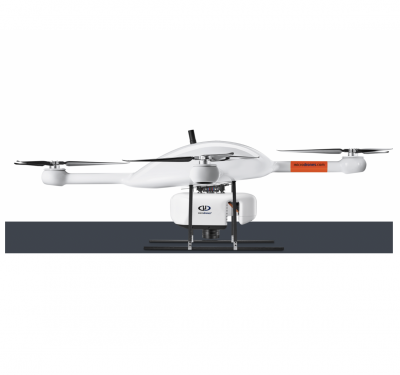
The HGuide i300 IMU targets industrial applications such as autonomous vehicle testing, precision agriculture, surveying and mapping, pipeline inspections, platform control, and motion compensation.
Honeywell has introduced two new small, lightweight inertial measurement units (IMUs) for navigation. Built to withstand harsh air, land or underwater environment, the compact sensors can serve markets including agriculture, robotics, survey/mapping, unmanned vehicles and transportation.
Both micro-electro-mechanical system (MEMS)-based, one of them is designed to offer replacement for fiber-optic gyro (FOG) IMUs, which normally deliver a higher grade of performance than MEMS class.
The HGuide i300 IMU targets industrial applications such as autonomous vehicle testing, precision agriculture, surveying and mapping, pipeline inspections, platform control, and motion compensation. The HGuide i300 is the smallest member of Honeywell’s suite of non-ITAR MEMS IMUs. It measures 14 x 42 x 28 millimeters, weighs 35 grams and consumes 0.5 watts, making it suitable for applications in agriculture, AUVs, communications, industrial equipment, marine, oil and gas, robotics, survey and mapping, stabilized platforms, transportation, UAVs and UGVs. The i300 is available in two different performance grades.

Three different performance grades of the HG4930 S-Class are available as off-the-shelf items.
The HG4930 S-Class IMU provides high bandwidth and high data rates for precision stabilization needs, including satellite communication antennas and optical sensors such as cameras. It can serve as a smaller, lower-power and cost-effective replacement for FOG IMUs. Three different performance grades of the HG4930 S-Class are available as off-the-shelf items. It is also a MEMS-based, non-ITAR IMU, measuring 35.5 x 5 x 65 centimeters, weighing 140 grams, and consuming less than 3 watts.
Both units feature a range of user-changeable options with selectable output data rates and filtering, and multiple configurable communication protocols.
Over its history, Honeywell has delivered more than 500,000 units for navigation aid on an extensive list of air and spacecraft flying today. The company plans to supply emerging segments such as urban air mobility, autonomous vehicles, precision agriculture and robotics.






